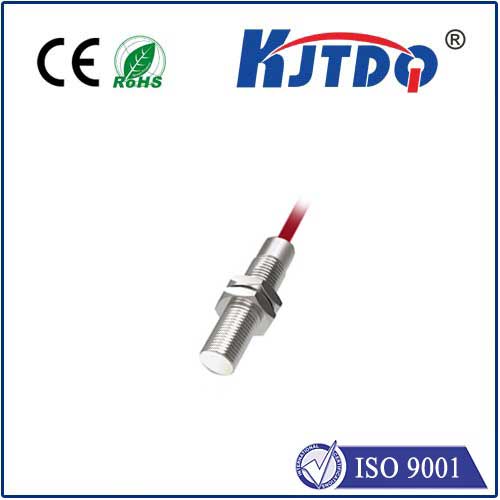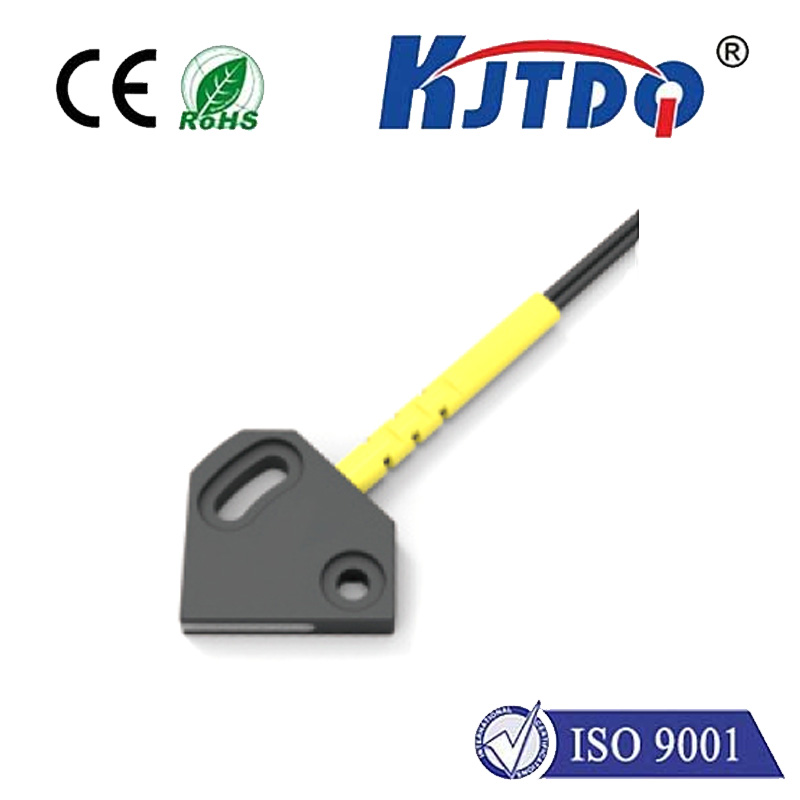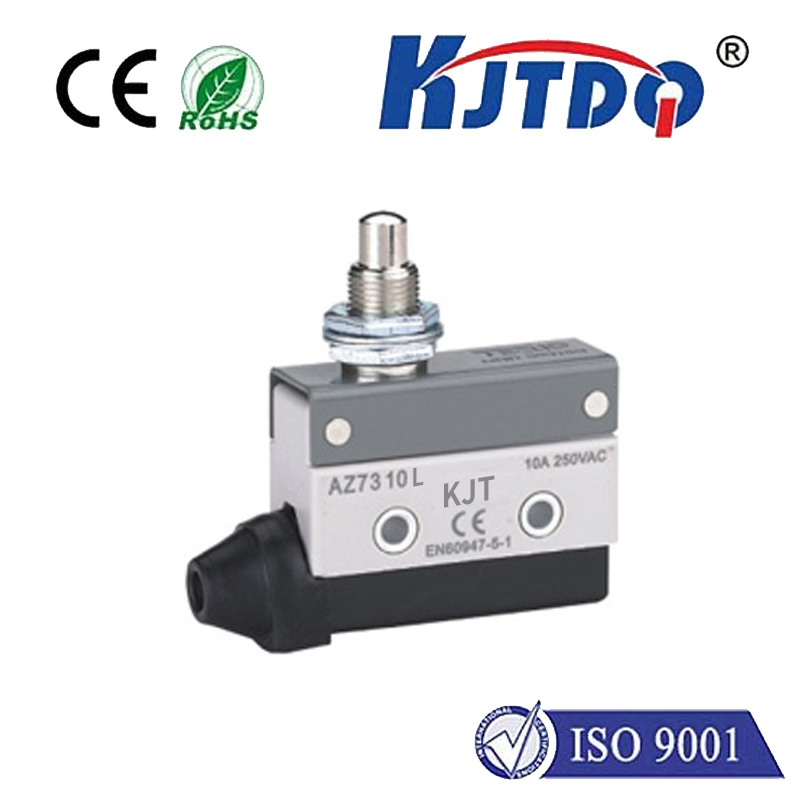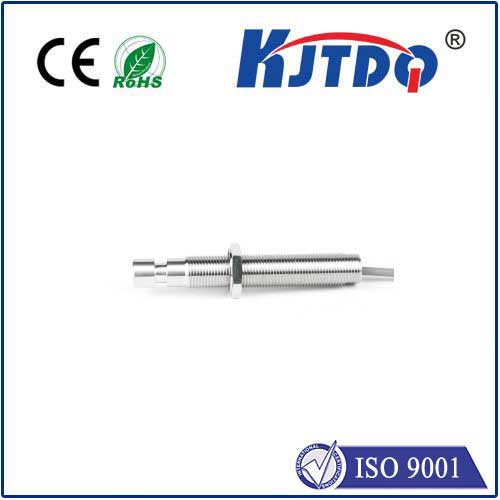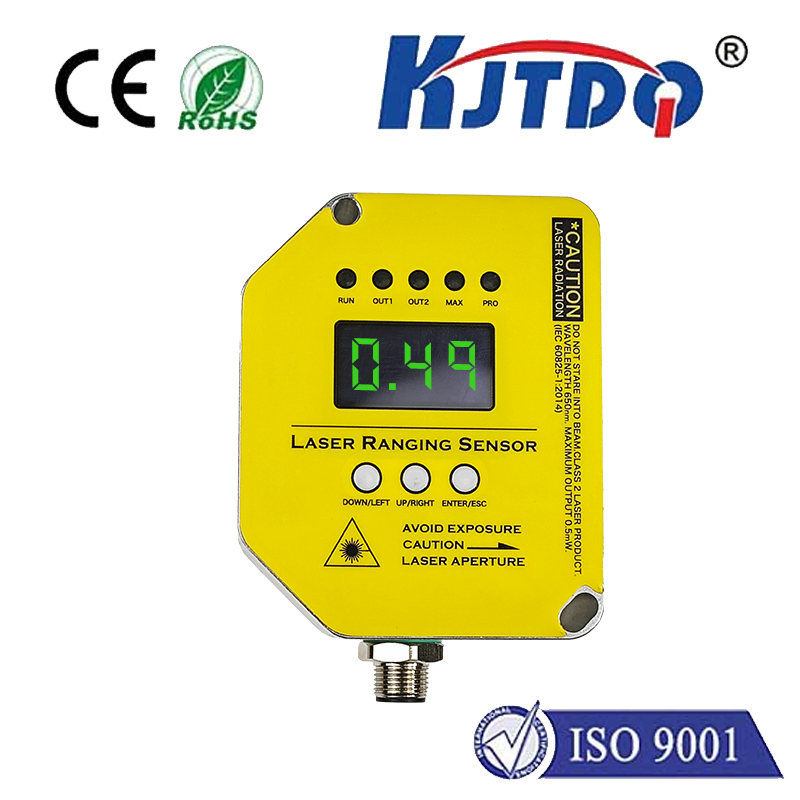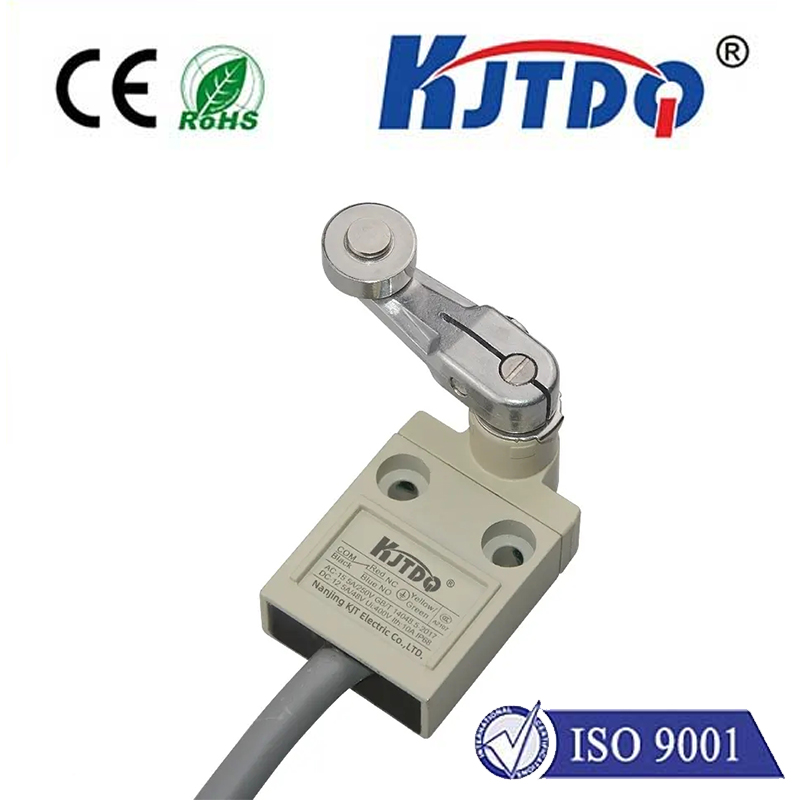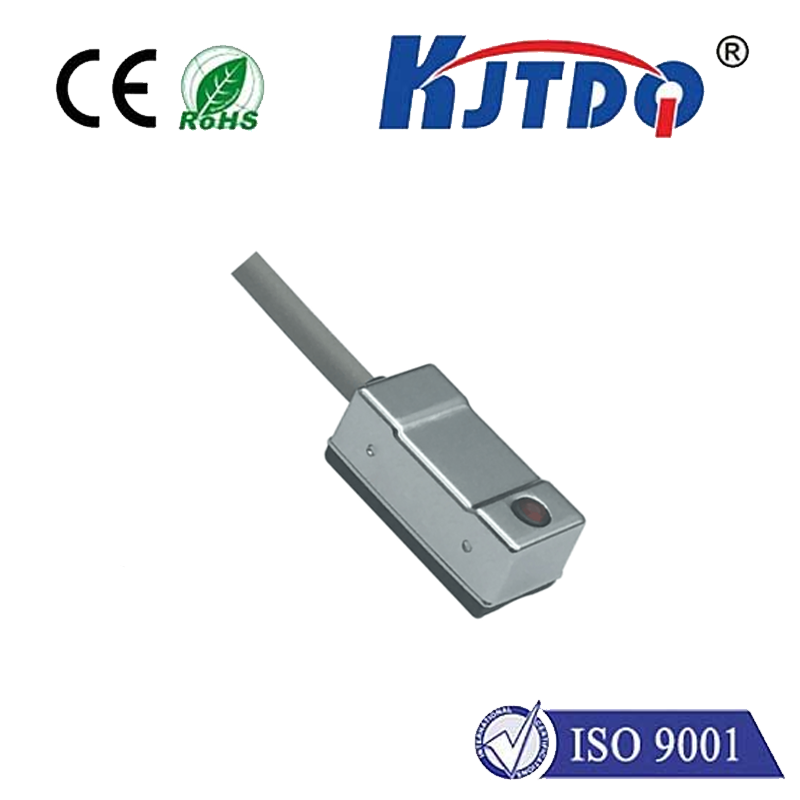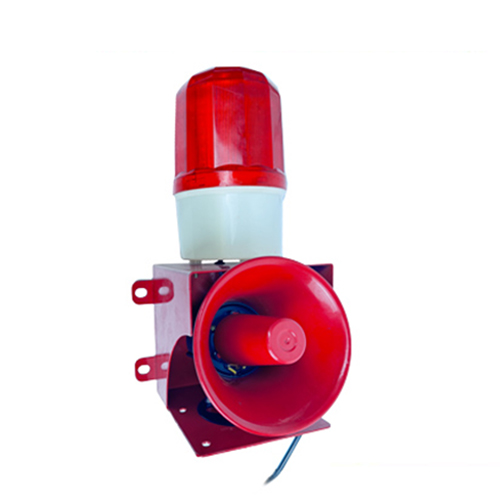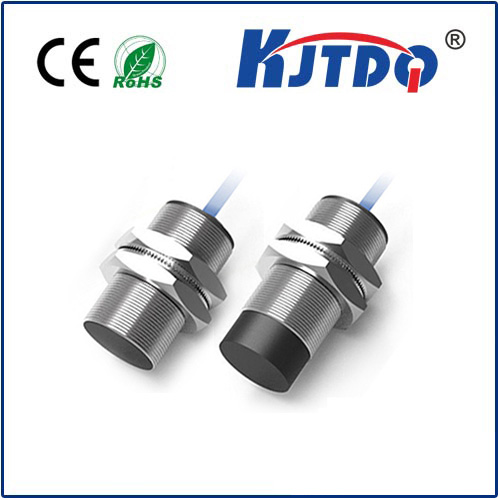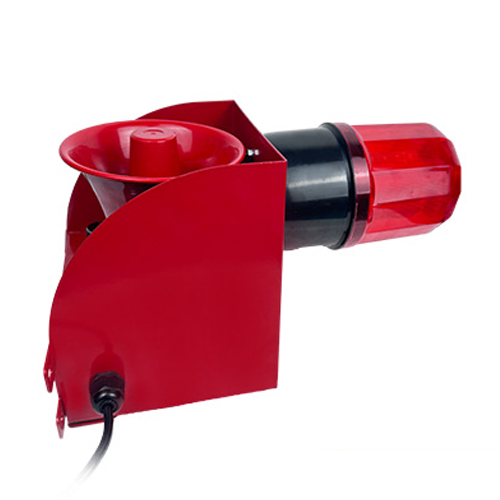

check

check

check

check
An eddy current displacement sensor is a device used to measure the displacement of an object relative to the sensor. It is widely used in industrial automation, mechanical engineering, automobile manufacturing and other fields. However, sometimes we may encounter errors in the eddy current displacement sensor. This article will explore some common causes of eddy current displacement sensor errors.
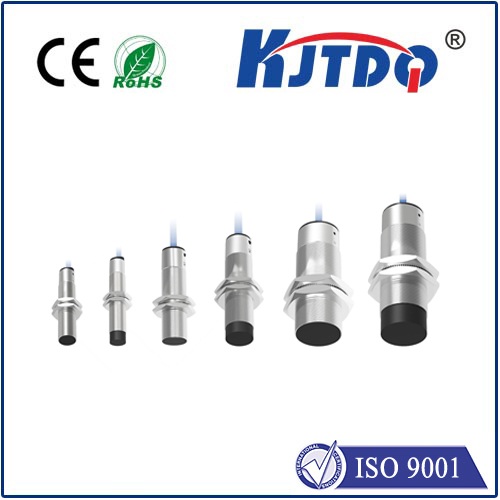
1. Magnetic field interference
The eddy current displacement sensor measures displacement by identifying the eddy currents excited by the target object. However, in some cases, surrounding magnetic fields can affect the sensor's measurements, causing erroneous readings. This can be caused by a strong magnetic field source close to the sensor.
In order to solve this problem, the following measures can be taken:
- Install the sensor away from magnetic field sources;
- Use shielding material to wrap the sensor to reduce the influence of external magnetic fields;
- Calibrate the sensor to the surrounding magnetic field.
2. Temperature fluctuations
The measurement results of the eddy current displacement sensor may be affected by the ambient temperature. When temperatures fluctuate, the sensor may produce drifting or inaccurate readings. This may be due to the temperature coefficient of the sensor.
To solve this problem, you can consider the following factors:
- Choose a sensor with stable temperature characteristics;
- Control the ambient temperature and try to avoid temperature fluctuations;
- Calibrate the sensor regularly to ensure its accuracy.
3. The power supply is unstable
The power quality and stability of the sensor are crucial to its normal operation. Unstable power or low-quality power can cause false sensor readings.
In order to ensure the normal operation of the sensor, the following aspects can be considered:
- Use a stable power supply and ensure that it meets the requirements of the sensor;
- Regularly check the power quality to ensure stable power supply;
- Take timely measures when power problems occur to avoid damage to the sensor.
4. The sensor is damaged or aged
During prolonged use, sensors may be affected by physical damage or aging. This can lead to inaccurate or erroneous measurements.
To avoid such problems, you can take the following preventive measures:
- Regularly check the status of the sensor to ensure it is working properly;
- Avoid impact or physical damage to the sensor;
- Replace the sensor regularly according to the manufacturer's recommendations.
To sum up, the causes of eddy current displacement sensor errors can be attributed to magnetic field interference, temperature fluctuations, unstable power supply, and sensor damage or aging. In practical applications, we should pay attention to these potential problems and take corresponding measures to minimize the occurrence of errors.
The above is some discussion about the causes of eddy current displacement sensor errors. By understanding these reasons, we can better understand how the sensor works and improve its accuracy and reliability. I hope this article can provide some useful reference for the use and maintenance of eddy current displacement sensors.
